Secrets of Chiang Mai: A Cultural Odyssey
Embark on a captivating journey through Chiang Mai's rich history and vibrant culture with this free walking tour that reveals hidden gems and iconic landmarks.
Time
3 Hours
Stops
8 Places
Distance
3.9 km
Wat Phra Singh
Wat Phra Singh is one of the most revered temples in Chiang Mai, known for its stunning Lanna architecture and the revered Phra Singh Buddha image.
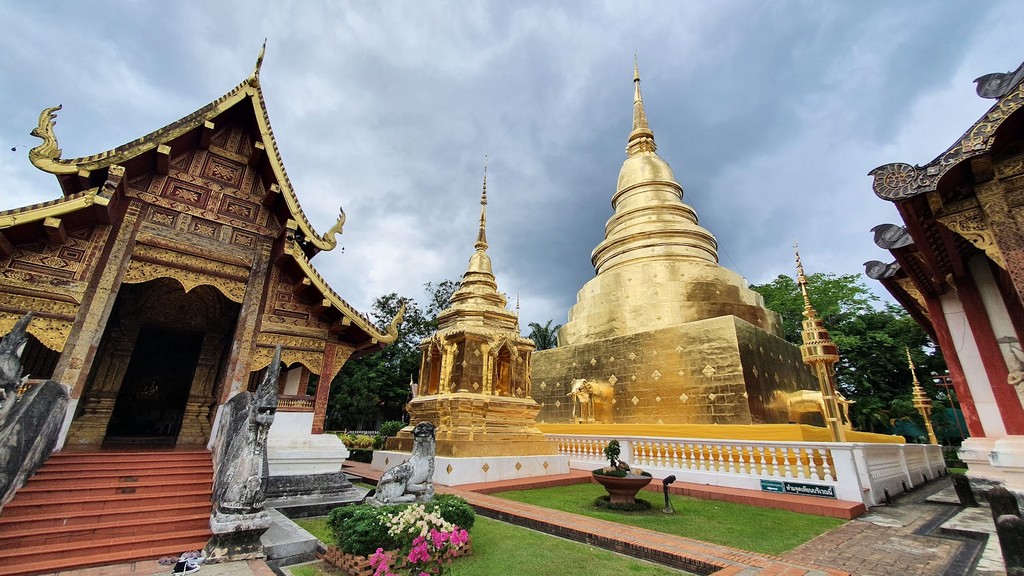
Wat Phra Singh (Source: Google Maps)
Wat Phra Singh, a hallmark of Lanna architecture, is revered for its majestic Phra Singh Buddha image, an important symbol of Thai Buddhism. Built in the 14th century, this temple showcases intricate wood carvings and beautifully adorned murals, reflecting the spiritual and artistic heritage of Northern Thailand. The temple complex also houses a library and meditation hall, attracting both locals and tourists seeking solace and inspiration. The annual Songkran festival sees large crowds flocking here for traditional ceremonies, further enhancing its significance in the community.
Wat Chedi Luang
Just a short walk away, Wat Chedi Luang is famous for its massive chedi, once the tallest structure in ancient Chiang Mai.
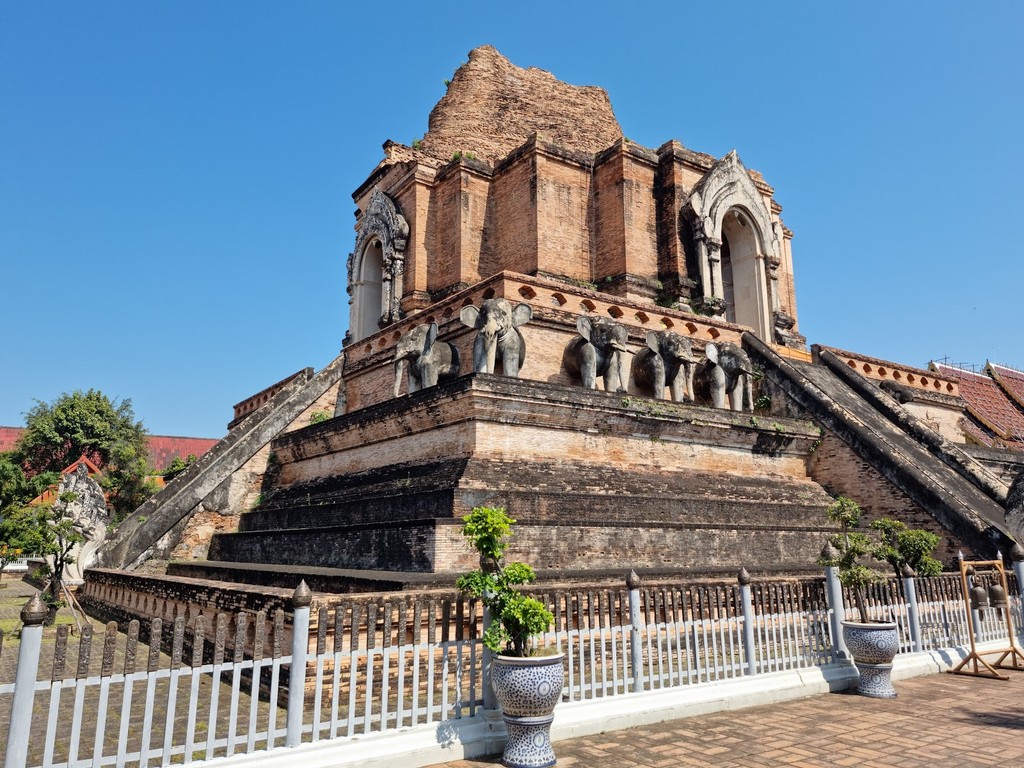
Wat Chedi Luang (Source: Google Maps)
Wat Chedi Luang is an architectural marvel that once held the Emerald Buddha, the most sacred Buddhist relic in Thailand. Constructed in the 14th century, its massive chedi, originally reaching 80 meters in height, was the tallest structure in ancient Chiang Mai. The chedi's distinctive brickwork and intricate carvings reflect the artistry of the Lanna period. Although partially destroyed by an earthquake in the 16th century, restoration efforts have preserved its grandeur. Today, the temple remains a vital site for religious ceremonies and cultural events, symbolizing the resilience of the local community.
Lanna Folklife Museum
Located near the Three Kings Monument, this museum provides an insightful look into the traditional Lanna culture and lifestyle.
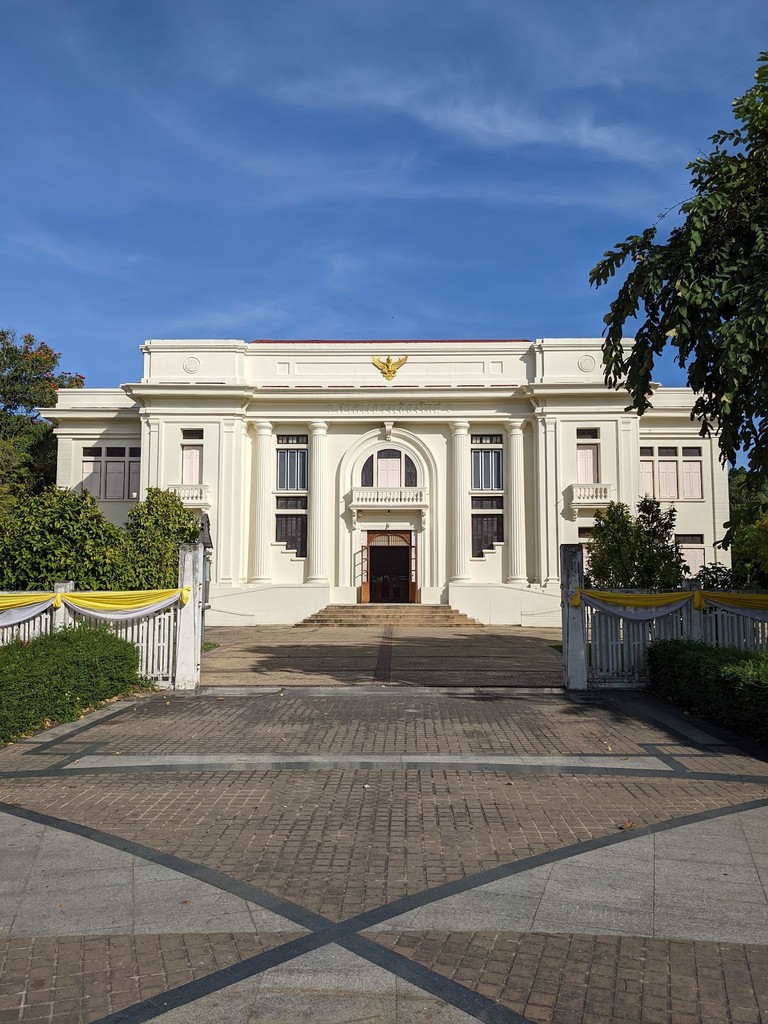
Lanna Folklife Museum (Source: Google Maps)
The Lanna Folklife Museum offers an immersive experience into the traditional Lanna culture, showcasing artifacts, crafts, and exhibits that highlight the region’s rich heritage. Housed in a beautiful colonial building, the museum features displays on local customs, traditional clothing, and the historical significance of the Lanna kingdom. Visitors can explore the lifestyle of the Lanna people through interactive exhibits and guided tours, gaining insights into their festivals, rituals, and everyday life. The museum serves as a cultural hub, promoting awareness and appreciation of the unique identity of Northern Thailand.
Three Kings Monument
This monument commemorates the three kings who played a key role in the founding of Chiang Mai and is a central historical site in the city.
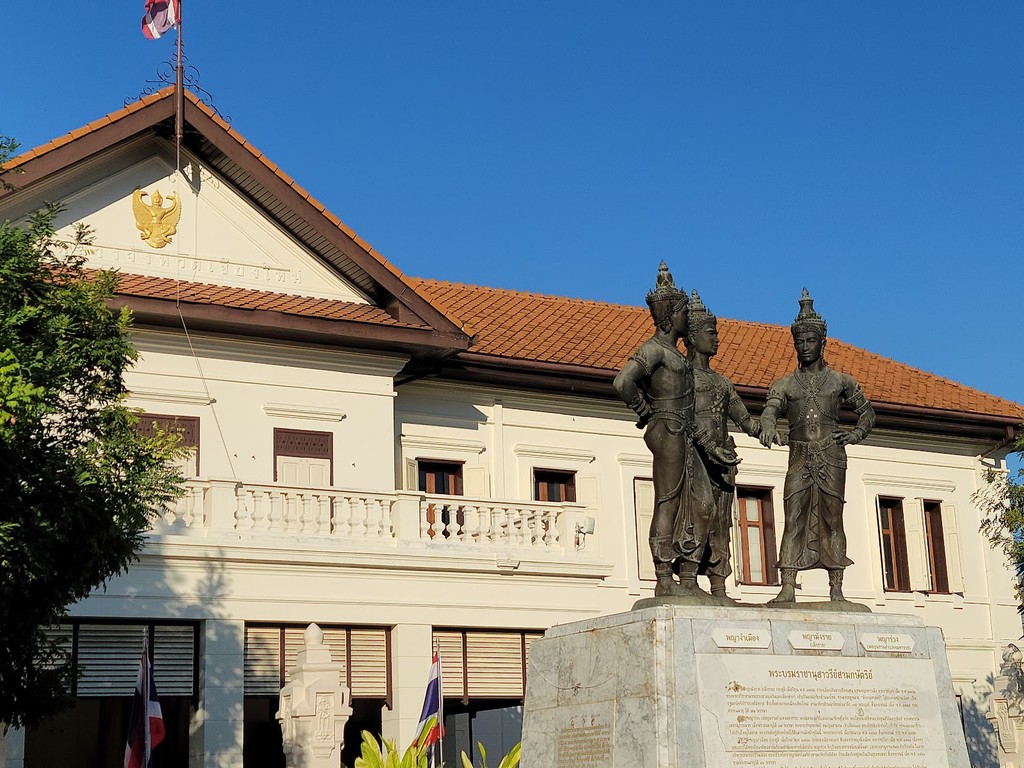
Three Kings Monument (Source: Google Maps)
The Three Kings Monument stands as a tribute to the founders of Chiang Mai, King Mengrai, King Ramkhamhaeng, and King Ngam Muang. Erected in 1996, this bronze statue captures the three kings in a moment of unity, symbolizing the strength and collaboration that established the city. The monument is located in the heart of Chiang Mai, surrounded by lush gardens and historical buildings, making it a popular spot for both locals and tourists. It serves as a focal point for cultural events, including traditional ceremonies and performances, reinforcing its significance in the city's history.
Wat Chiang Man
Wat Chiang Man is the oldest temple in Chiang Mai, renowned for its ancient relics and beautiful elephant sculptures.
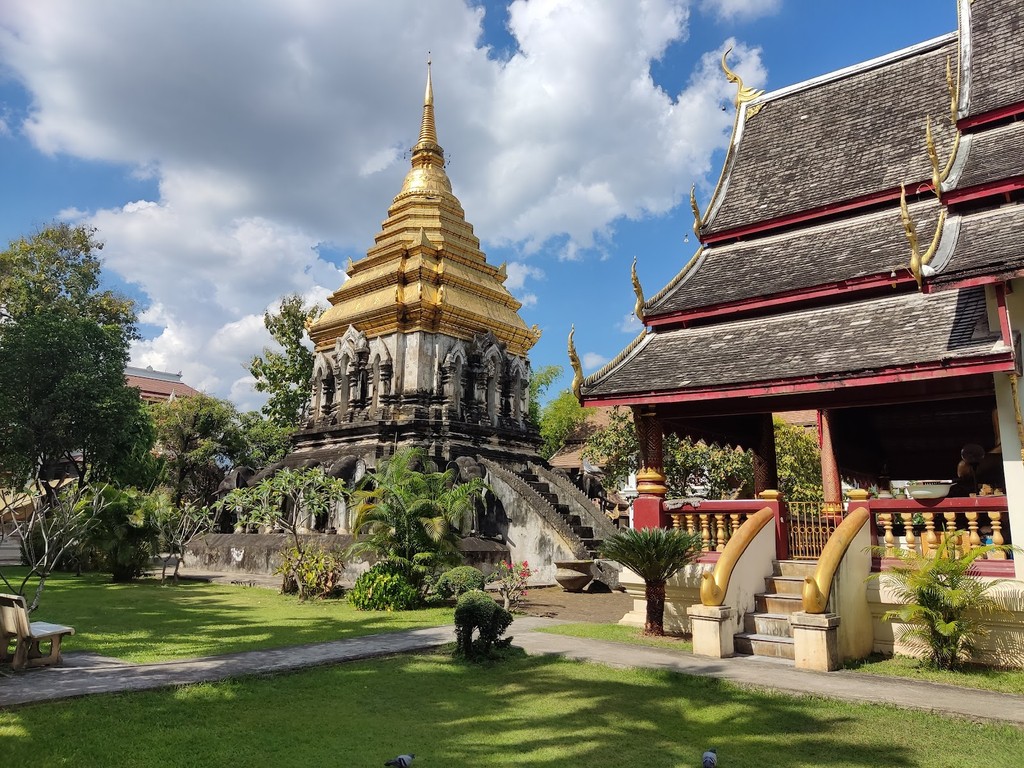
Wat Chiang Man (Source: Google Maps)
Wat Chiang Man is the oldest temple in Chiang Mai, dating back to the late 13th century. It is renowned for its ancient relics, including the Crystal Buddha and the Marble Buddha, which are highly revered by locals. The temple's architecture features distinctive Lanna-style elements, with intricate stucco work and beautifully crafted elephant sculptures adorning the chedi. This sacred site is not only a place of worship but also a center for Buddhist learning and meditation, attracting monks and practitioners from across the region. Its serene atmosphere and historical significance make it a must-visit.
Tha Phae Gate
This historic gate is part of the old city walls and a popular spot for photos, offering a glimpse into the city's past defenses.
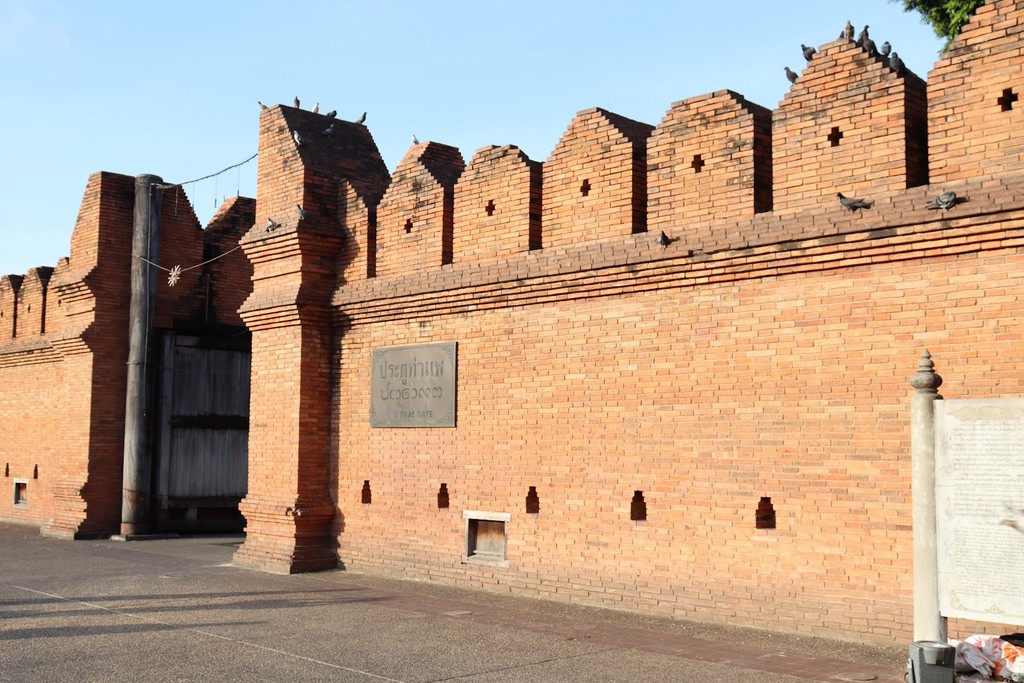
Tha Phae Gate (Source: Google Maps)
Tha Phae Gate is one of the most iconic landmarks of Chiang Mai, serving as a historical entry point into the old city. Originally built in the 13th century, it was part of the city's defensive walls, which protected against invasions. The gate has been restored and now stands as a symbol of Chiang Mai's rich history. Surrounded by vibrant markets and street vendors, Tha Phae Gate is a popular gathering place for both locals and tourists. The area often hosts cultural events and festivals, making it a lively spot to experience the city's dynamic atmosphere.
Wat Buppharam
A short walk from Tha Phae Gate, Wat Buppharam is known for its unique mix of Lanna and Burmese architectural styles.
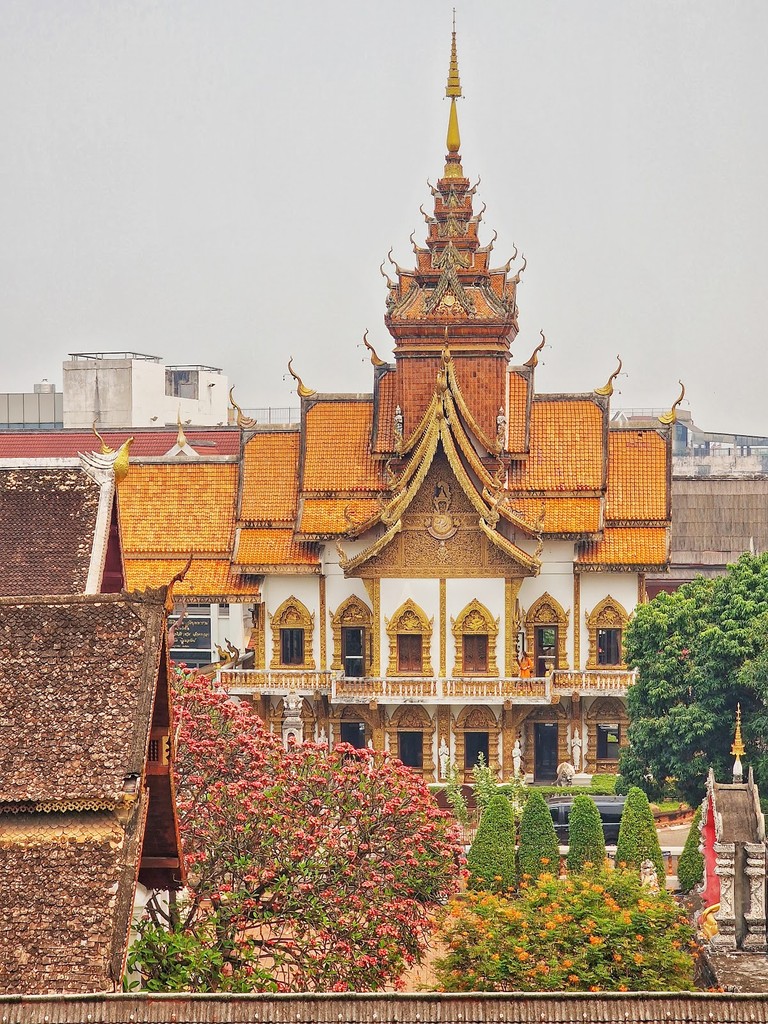
Wat Buppharam (Source: Google Maps)
Wat Buppharam is a unique temple that showcases a blend of Lanna and Burmese architectural styles, reflecting the diverse cultural influences in Chiang Mai. Established in the 16th century, it features stunning murals and intricate carvings that depict Buddhist teachings and local legends. The temple is lesser-known compared to its counterparts, offering a peaceful retreat for visitors seeking to escape the bustling city. It serves as a community center for various religious activities and cultural events, making it an integral part of the local heritage.
Warorot Market
Conclude your tour at Warorot Market, a bustling local market where you can experience the vibrant local life and try some traditional snacks.
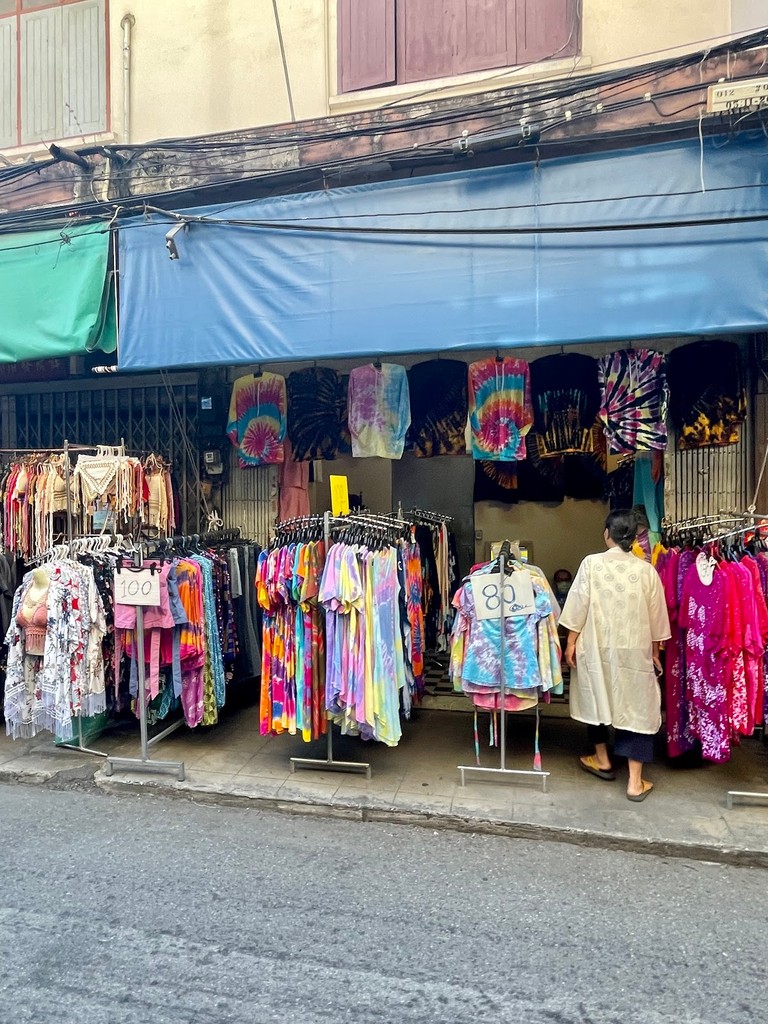
Warorot Market (Source: Google Maps)
Warorot Market is a vibrant hub of local life, offering a rich tapestry of sights, sounds, and flavors. Located near the Ping River, this bustling market is a favorite among locals and tourists alike, providing an authentic glimpse into Chiang Mai's daily life. Visitors can explore a wide array of goods, from fresh produce and spices to traditional handicrafts and textiles. The market is also known for its delicious street food, where one can sample local delicacies such as Khao Soi and mango sticky rice. Warorot Market serves as a cultural melting pot, reflecting the diverse culinary and artisanal traditions of the region.

Your travels, your rules.
Create your own Free Walking Tours.
Set your preferences, distances and anything you want to do or see.
Completely free, no payment required.